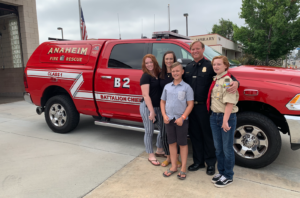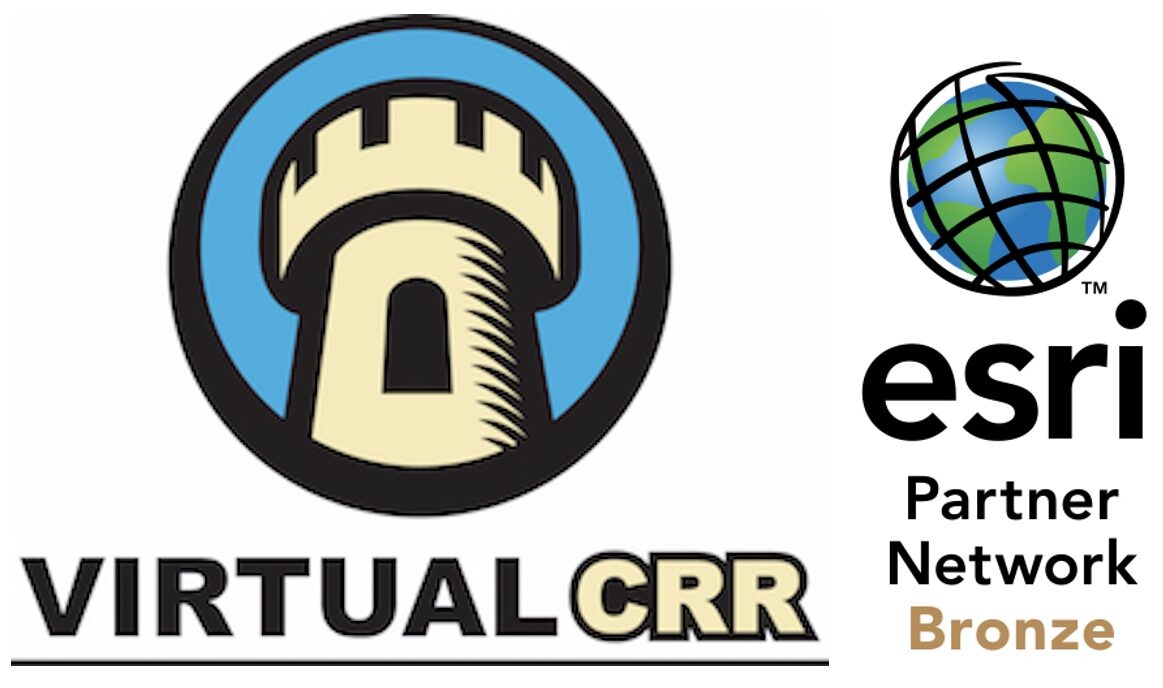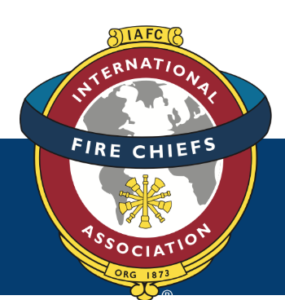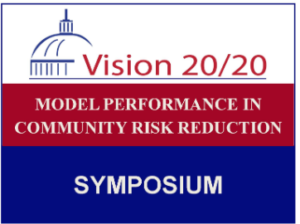What Happened in 2019 Regarding Community Risk Reduction?
2019 was a big year for Community Risk Reduction in the Fire Service. We have seen more and more agencies understanding and adopting Community Risk Reduction into their every day operations. Multiple articles and studies were published regarding CRR issues. Our Operations Sections within our departments are starting to support CRR activities. Many of our Fire Service Vendors are creating training and products to support our CRR needs. These are a few of the progressive changes we are seeing as it relates to Community Risk Reduction.
But arguably, the biggest change to Community Risk Reduction in 2019 came from the International Association of Fire Chiefs (IAFC). 2019 marked the inaugural year for the IAFC Community Risk Reduction Leadership Conference. By sponsoring a CRR event, the IAFC has given even more legitimacy to the fact, the fire service is changing and Community Risk Reduction is the Highway for that change. Calling it a “Leadership Conference” gives clear direction to our top officials within each department, “CRR Pertains to YOU!!! Not just a few people or a section within your organization!”
What is the Difference Between the IAFC Conference and the Vision 2020 Symposium?
The 6th Model Performance in Community Risk Reduction Symposium is coming up this year in February. The Vision 2020 group has done, and continues to do an outstanding job moving Community Risk Reduction forward. They were one of the driving forces for the IAFC to create their CRR Leadership Conference and now both groups work together with their two conferences. Each conference will be delivered in alternating years with support from both organizations.
So what is the difference between these two conferences? I look at it similar to the differences between Leadership and Management. The IAFC Leadership Conference looks at the very wide “Leadership” spectrum of “Why” CRR. Where could/should it be? What are the tools our leadership needs to understand and disseminate the Vision of CRR to their organizations? How can we utilize politics to move our efforts forward? In my opinion, the IAFC Conference is more about the intangibles of “Leadership.”
The Vision 2020 Symposium is very different. It is all about the boots on the ground of “How.” For each presentation there needs to be a track record, with data, showing the success of the program. The presenter is asked to focus on what they did and how they did it, rather than focusing on something they are planning on doing. These are the experts that are in the trenches every day that we can learn from. Does Vision 2020 look at “Leadership” and the “Why” too? Yes, but the purpose of their Symposium is to highlight “best practices” that can be demonstrated and replicated. I think this correlates nicely with the “How” and “Management” of Community Risk Reduction.
Top 10 Reasons to Focus on Community Risk Reduction in 2020!

Community Risk Reduction is the vehicle driving the Fire Service forward. Here are the top 10 reasons to focus on Community Risk Reduction in 2020 whether your department is fully immersed in CRR, you’ve started making the transition, or are still contemplating jumping in the water.
10. You will connect with your community.
Community Risk Reduction forces us to be out in the community. We must understand them if we are to serve them.
9. Your community will connect with you.
This may seem the same as 10, but it is very different. You will become the go to for your community. Rather than you seeking them out, they will come to you.
8. You will understand the risks to your community and desire to mitigate them.
Risk varies from community to community. What works in one area might not work in another. By understanding the risk to YOUR community, you can serve them better.
7. Your focus will change from Reactionary to Planned.
The fire service has long been labeled as a reactionary organization. When something goes wrong, we react. Community Risk Reduction helps us to broaden our perspective as an organization, rather than just one part of an organization, to plan for and mitigate risks before they arrive.
6. You will have an increase in information sharing across your organization.
We all have silos within our organizations. Operations does not know what Fire Prevention is doing is a great example. Community Risk Reduction allows for improved communication and goal alignment across an entire organization.
5. There will be a decrease in work duplication.
Because there are not so many silos, and information is being shared more readily, duplication of efforts will be reduced. This allows for the talents of different sections of an organization to be utilized for the good of the whole organization.
4. “Politics” will become one of your allies.
Because we are focusing on more than just response, and focusing on reducing the overall risk to the community, we will have more opportunities to have politics go in our favor than ever before. Will the road be easy, no, but it will give us better direction and support than we have ever had. Pay attention to number 2 below as well.
3. You will be more prepared for CPSE Accreditation and your ISO score may change.
If you aren’t already aware that Community Risk Reduction is a big part of CPSE Accreditation and now will increase your ISO Rating, you need to pay attention. Both of these organizations have given their support to Community Risk Reduction.
2. You will become a data driven organization.
Data paints a picture that a story alone does not complete. The story and the data are separate parts of a complete solution. Data drives the story for our community.
1. The “WHY” will become clearer for your organization.
If our leadership and the entirety of our organizations do not understand the “WHY” we are in business, it will be very difficult to be successful. By adopting Community Risk Reduction as the driving force within our departments, it paints a very clear “WHY” to everyone within the organization. Community Risk Reduction is not Fire Prevention, it is the reason the whole Fire Department exists.
 Brent Faulkner MAM, FO is the CEO and Founder of Virtual CRR Inc. He has 23 years of experience in the fire service and is currently a Battalion Chief for a Municipal Fire Department in Southern California. During this time, he has responded to numerous emergency situations including structure fires, wildland fires, hazardous materials responses, emergency medical situations, and numerous types of rescues. In addition, he has served on a Type 1 Hazardous Materials Response Team for 17 years.
Brent Faulkner MAM, FO is the CEO and Founder of Virtual CRR Inc. He has 23 years of experience in the fire service and is currently a Battalion Chief for a Municipal Fire Department in Southern California. During this time, he has responded to numerous emergency situations including structure fires, wildland fires, hazardous materials responses, emergency medical situations, and numerous types of rescues. In addition, he has served on a Type 1 Hazardous Materials Response Team for 17 years.
Brent had a defining moment in his career which, as a result, lead him to create Virtual CRR and his passion for Community Risk Reduction. He led a team in Critical Infrastructure Protection (CIP) at a recognized Department of Homeland Security (DHS) Terrorism Fusion Center. This team was responsible for increasing the safety of critical infrastructure as it relates to terrorism, general security, and natural disasters. He has a Master’s Degree in Management (MAM), a Bachelor’s Degree in Occupational Studies (BA), an Associate’s Degree (AS) in Hazardous Materials Response, and another in Fire Science.


